– 150 years of history at The Royal Children’s Hospital –
A concise and chronological record of the rich and diverse 150-year history of The Royal Children’s Hospital (RCH).
Please feel free to scroll through all 150 years or easily filter information via categories or tags.
The historical images have been sourced from the RCH Archives and Collections, unless stated otherwise.
Images have been chosen to illustrate the subject matter and may not necessarily reflect the date of the event.
The RCH has produced such an immense amount of groundbreaking achievements and we cannot assume to have captured them all here.
Do you think an achievement, person, or event is missing? Please send your suggestion to: archives@rch.org.au. We hope you enjoy exploring!
Showing Events Tagged with: management
1870
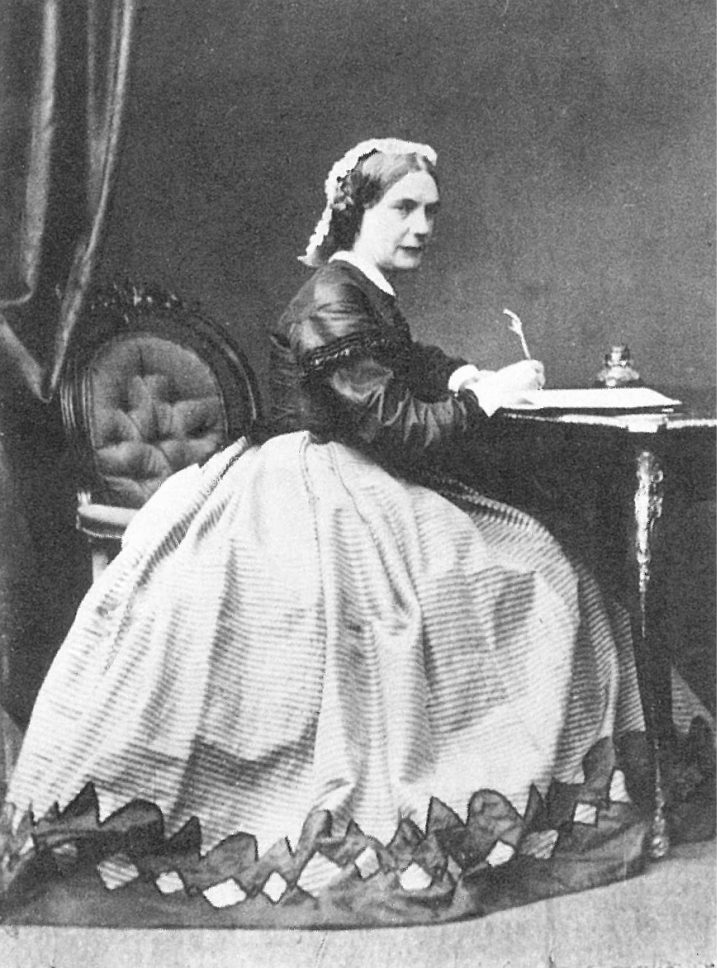
Frances Perry
Perry, wife of the Anglican Bishop of Melbourne, was elected as the first president of the Committee of Management.
1871
Dr John Singleton Resigns
Due to ideological differences, Dr John Singleton withdrew from his hospital commitments.
Dr William John Smith Resigns
Dr Smith was awarded life governorship of the hospital when he resigned in order to establish his own general practice in Casterton.
1873
Matron Marion Harvey
Harvey was appointed the new role of matron. She had a staff of two nurses; Head Nurse Mrs Bail and Assistant Nurse Anna Ford.
1875

Matron Sarah Anne Bishop
Appointed as matron, Bishop worked in the role until 1899. She had a significant influence on the hospital in its formative years.
1879

John Jackson Appointed to the Role of Collector
The collector role was somewhat closer to hospital manager. Jackson proved an effective fundraiser and greatly expanded the hospital’s avenues for funding and subscriptions.
1885

Elizabeth Testar
Elected as President of the Committee, Testar took a leading role in building, planning and expansion of the hospital.
1893
Australian Financial Crisis
Steep pay cuts for hospital staff.
1894

Mary Guthrie
Guthrie became a member of the Committee of Management and played an active role at the hospital until 1931. During the early 1920s Guthrie was instrumental in establishing the Auxiliary service at the Children’s Hospital.
1899

Matron Hilda Player
Appointed matron, she stayed in the role until 1920.
Re-structure of the Hospital Committee
For the first time, a representative from the honorary medical staff joined the management committee.
1920

Matron Grace Wilson
Appointed as matron, Wilson was a great advocate for the improvement of working conditions for nurses.
1921
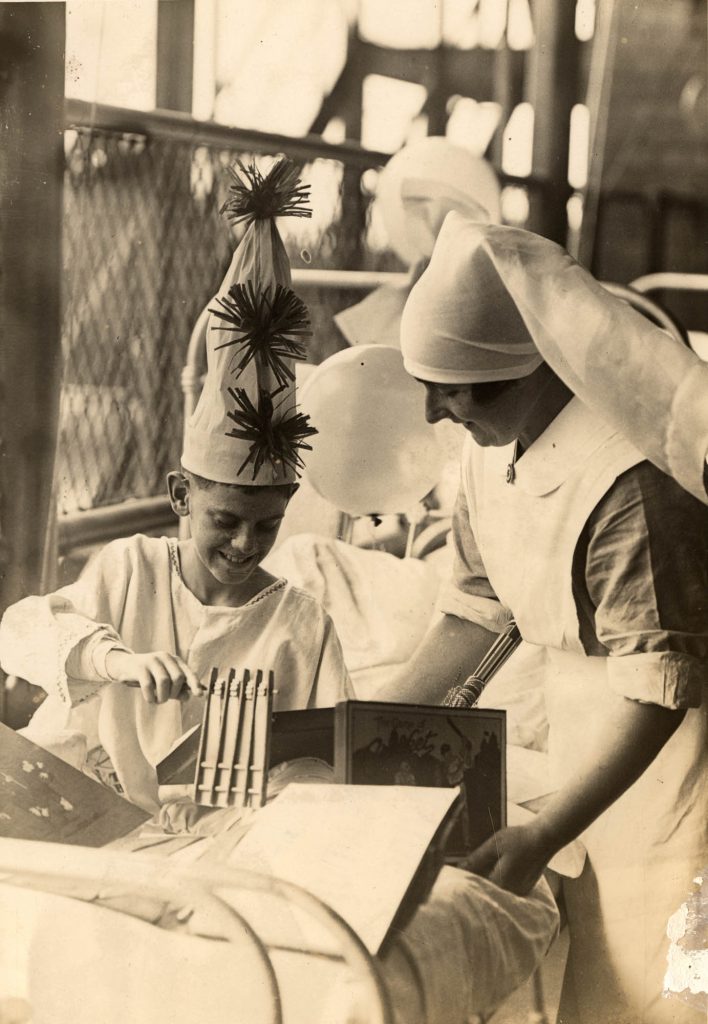
Nurse Ivy Silverthorne Flower
Flower began nurse training in 1921, became a staff nurse in 1924 and was appointed deputy matron in 1934. She remained involved with the hospital until 1962.
1922

Matron Hilda Walsh
Appointed as matron, Walsh maintained efficiency and order on the wards. Due to retire in 1940, she stayed until 1947 because of the war.
1923
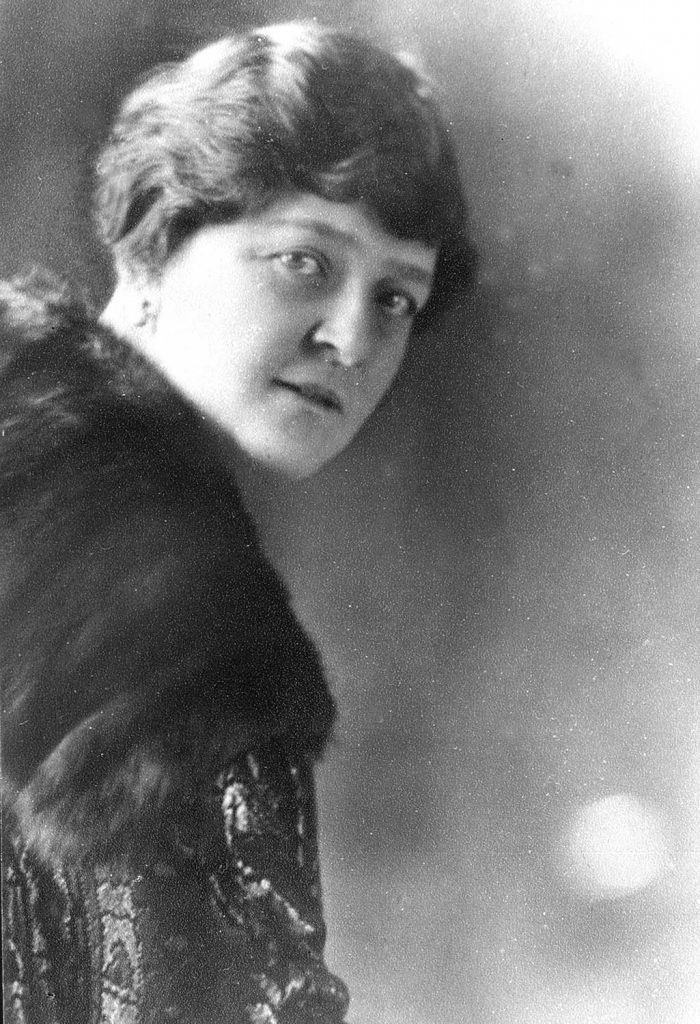
Hilda Mackinnon
As committee president, Mackinnon was responsible for guiding the hospital through the Depression.

Dame Kate Campbell DBE
Though Campbell resigned in 1924 for a role with more responsibilities at The Royal Women’s Hospital, the time she spent with children at the hospital solidified her interest in paediatrics and she became an enormously respected practitioner in the field.
A ‘Changing of the Guard’
The resignation of many stalwart committee members saw a new and fresh outlook for the hospital.
1929
The Great Depression
August 1929 - March 1933
Widespread hardship led to a rise in demand for the hospital’s services and lessening of public contributions. The committee deferred requests for new equipment due to lack of financial resources.
1933
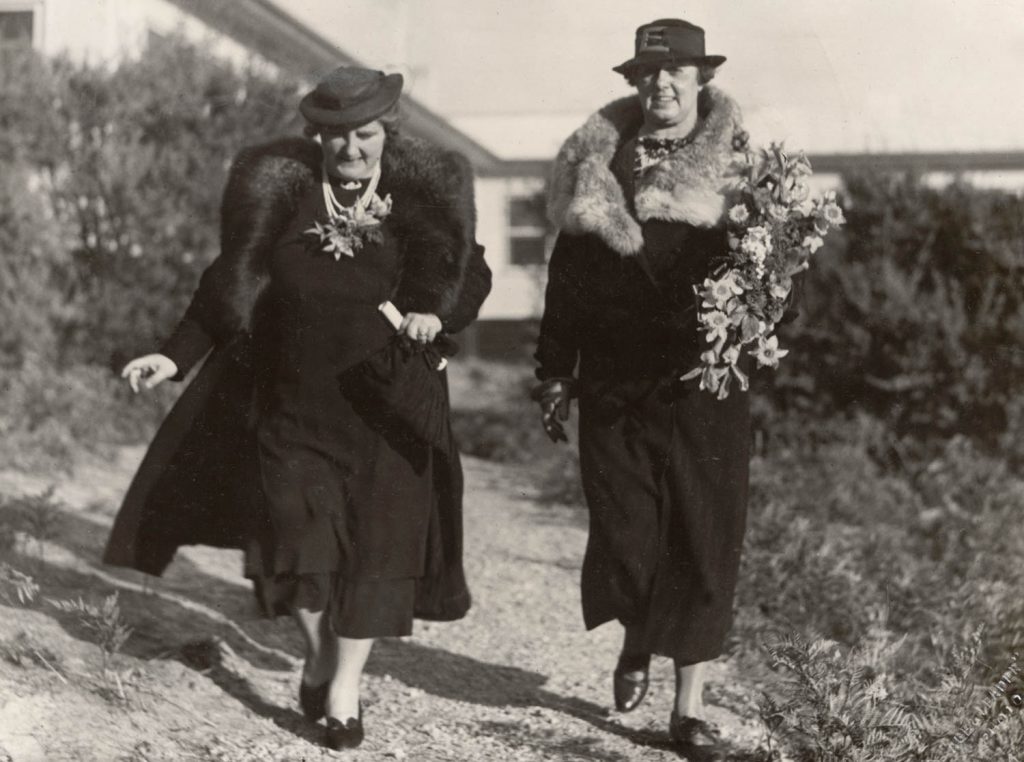
Lady Ella Latham
Involved with the Auxiliaries since 1923 and a committee member since 1926, Lady Ella Latham was elected as president of the Committee of Management in 1933 and held the position until 1954. She guided the hospital through the Depression and the Second World War, and into its modern form.
1936
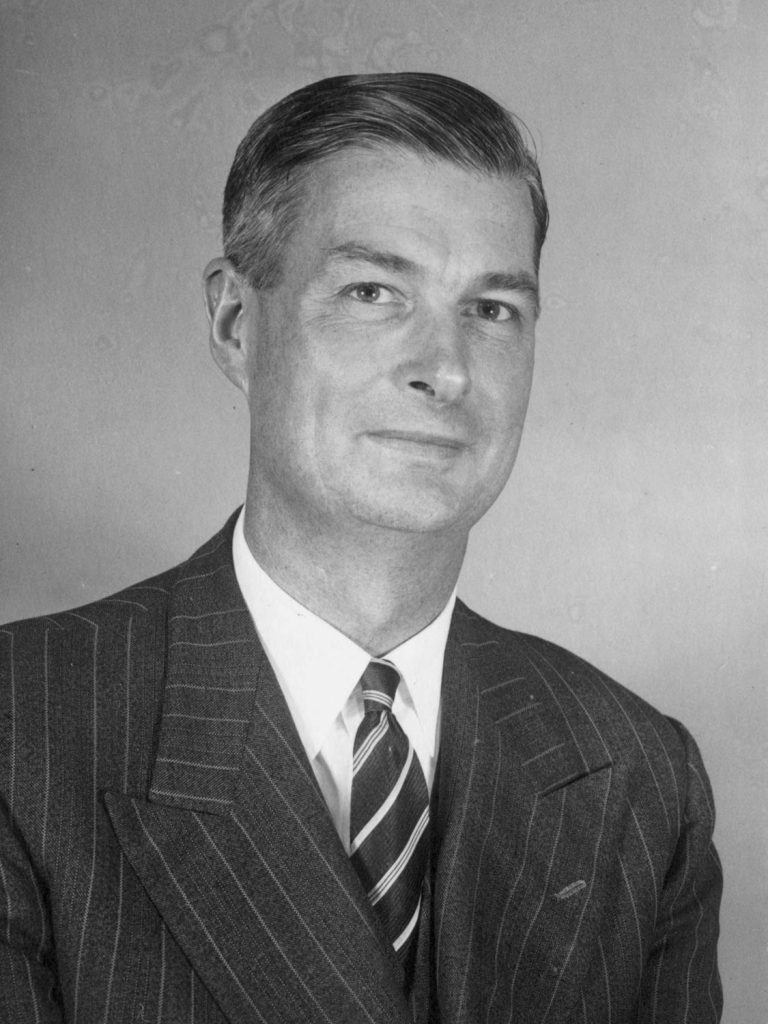
Professor Vernon Collins CBE
Appointed as a physician to inpatients, Collins quickly became medical superintendent. As medical director from 1948 to 1959, he worked closely with Lady Ella Latham to reform the hospital in terms of staffing and patient care. He was with the hospital until 1974.
1952
Staff System Reform
Honorary staff positions were symbolically re-named senior medical staff. Staffing reform meant the hospital was able to attract talented new staff.
1953

Royal Assent Granted
After seven years of lobbying from the Committee of Management, royal assent is granted. The hospital is officially re-named ‘The Royal Children’s Hospital’ (RCH).
1954

Dame Elisabeth Murdoch AC, DBE
A member of the Committee of Management since 1933, Dame Elisabeth was President from 1954-1965. Her commitment and vision saw many improvements for the hospital, including the move to new premises in Parkville. In 1986 she became a co-founder of the Murdoch Institute for Research into Birth Defects.
1957
The Committee of Management Introduced Provisions and Scholarships to Encourage Research
1962
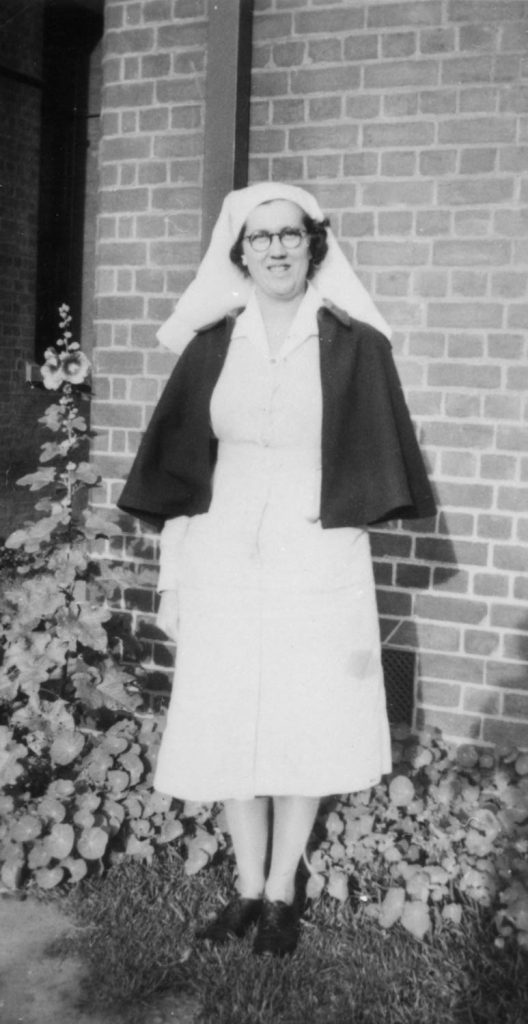
Matron Joan Gendle
The first hospital-trained nurse to gain the director of nursing position. Gendle oversaw the nursing staff during the move to Parkville and stayed in the role until 1969.
1965

Dame Patricia Mackinnon DBE, CBE
A member of the Committee of Management since 1949, Dame Patricia was president from 1965-1979. Her devotion and capable leadership saw her positive influence on the hospital during the ‘golden age’ in the new building.

Dr L.E.G. Sloan
Appointed medical director, Sloan was instrumental in addressing the issues that arose with a reduction in funding in the late 1970s. He was with the hospital until 1981.
1978
Change of Management Structure
State legislation mandated that the committee size was reduced from 21 to 12 members. New members were appointed by the Minister of Health and the hospital’s political autonomy was reduced.
1979
Lady Rosemary Derham
Elected as president of the hospital's Board of Management, Lady Derham held this position until 1983.
1980
Reorganisation of Hospital into a Divisional Structure
The hospital took steps to meet accreditation criteria and clarify the administrative structure.
1981

Dr Barry Catchlove AM
Appointed as CEO in 1981, Catchlove made a great many structural and staffing changes. He held the position until 1991.
1982
First Male President of the Hospital Committee
Ken Keown was elected as president of the hospital Board of Management, ending the long history of a woman-led management committee.
1991
Debt Crisis
The hospital was forced to dispose of assets and impose financial restrictions. Around 350 staff were cut.
1995
Women’s and Children’s Health Care Network
Victorian Government strategy merged the Children’s and the Women’s Hospital. This partnership was in place until 2004.
2000
Women’s and Children’s Healthcare Network Renamed Women’s and Children’s Health
2004
Independent Governance
The hospital transitioned to independent governance after nine years as part of Women’s and Children’s Health partnership with the Women’s Hospital.




















